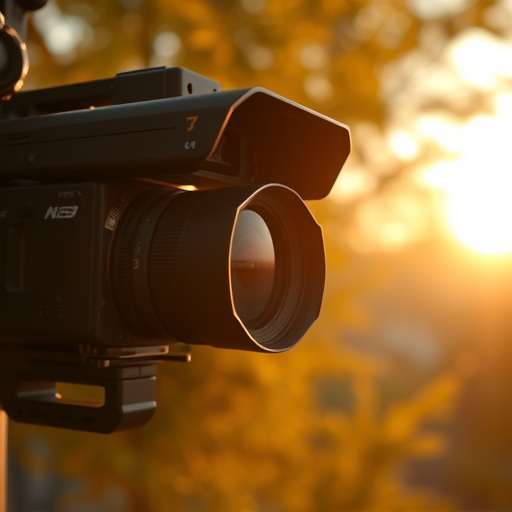Spy cameras with remote viewing technology have revolutionized surveillance by enabling discreet and accessible monitoring through internet-connected video capture. These devices, featuring miniature cameras, high-resolution sensors, and robust encryption, allow users to supervise activities from anywhere, anytime, while storing recorded footage for detailed analysis and evidence. Popular in rental properties, these cameras can be hidden in common areas or everyday objects, raising significant privacy concerns for tenants. The use of spy cameras with remote viewing navigates a delicate balance between landlords' security needs and tenants' right to privacy, requiring careful consideration of legal boundaries and ethical responsibilities.
In the era of advanced technology, renting a home is not as simple as it seems. With the rise of spy cameras and remote viewing capabilities, landlords are employing secret surveillance tactics to monitor their properties. This article delves into the world of hidden cameras, exploring common installation spots in rental units and the legal implications surrounding privacy rights. Understanding how these spy cameras work with remote viewing technology is crucial for both tenants and landlords to navigate this complex landscape.
- Understanding Spy Cameras and Remote Viewing: Unveiling the Technology
- Common Secret Surveillance Spots in Rental Properties
- Legal Considerations and Ethical Dilemmas: Navigating Privacy Rights
Understanding Spy Cameras and Remote Viewing: Unveiling the Technology
Spy Cameras with remote viewing technology have revolutionized surveillance, offering discreet and accessible monitoring solutions. These sophisticated devices are designed to capture video footage remotely via internet connections, allowing users to monitor activities from virtually anywhere at any time. The technology behind them is intricate, incorporating miniature cameras, high-resolution sensors, and advanced data encryption for secure transmission of images and videos.
Remote viewing capabilities extend beyond real-time monitoring; it also enables access to recorded footage stored in cloud servers or local devices. This feature facilitates detailed analysis of occurrences within the rental property, providing crucial evidence when needed. The convenience and versatility of Spy Cameras with remote viewing make them a popular choice for tenants and landlords alike, ensuring peace of mind and safety measures in managed spaces.
Common Secret Surveillance Spots in Rental Properties
In today’s digital age, technology has enabled sophisticated methods of surveillance, even in seemingly private spaces like rental properties. One insidious tool that has gained popularity is the spy camera with remote viewing capabilities. These discreet devices can be easily hidden in various common areas within a home or apartment, offering invisible eyes to their operators. From inside cabinets and smoke detectors to fake electrical outlets and door frames, these tiny cameras capture video and transmit it remotely, allowing viewers to monitor activities from afar.
Common spots for such secret surveillance include under kitchen sinks, where pipes provide excellent cover; inside false ceilings or wall panels; and within everyday objects like picture frames or books on a shelf. Even seemingly harmless items like clocks or decorative figurines could be carefully modified to conceal high-tech spy cameras with remote viewing capabilities. This growing trend raises significant privacy concerns for tenants, who may not realize their activities are being covertly monitored.
Legal Considerations and Ethical Dilemmas: Navigating Privacy Rights
In the realm of rental properties, the installation of secret surveillance spots has sparked a delicate balance between landlords’ security needs and tenants’ privacy rights. Legally, many countries have strict regulations against hidden cameras, with laws that protect individuals’ right to privacy in their homes. Installing a spy camera with remote viewing capabilities without the tenant’s knowledge or consent could be considered an invasion of privacy and is likely illegal.
Ethically, landlords must consider the implications of their actions. Tenants trust their rental spaces as private sanctuaries, and installing hidden surveillance equipment erodes that trust. It raises ethical dilemmas about the extent to which landlords can intrude into tenants’ lives for security purposes. Respecting tenants’ privacy while ensuring property safety is a challenging tightrope walk that requires careful consideration of legal boundaries and ethical responsibilities.
In today’s digital age, understanding secret surveillance spots in rental properties is more crucial than ever. The presence of spy cameras with remote viewing capabilities highlights the evolving landscape of privacy rights and ethical dilemmas. While these devices may offer landlords added security, it’s essential to respect tenants’ privacy. Balancing landlord needs and tenant rights requires a nuanced approach, especially when identifying common surveillance spots like utility rooms, entry points, and common areas. Staying informed about legal considerations is key to ensuring fair and transparent practices in the rental market.
